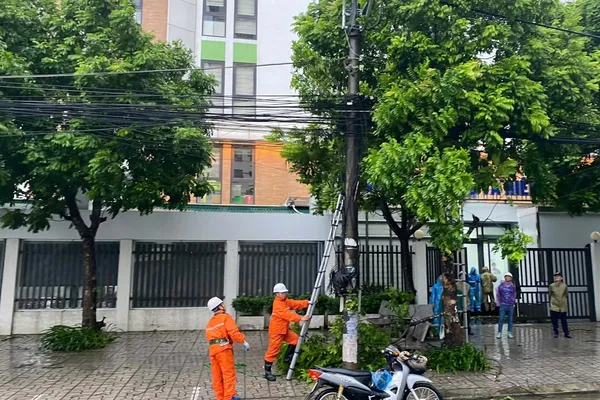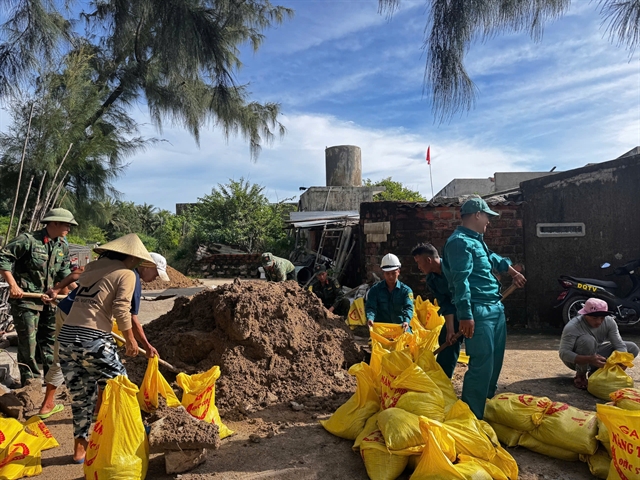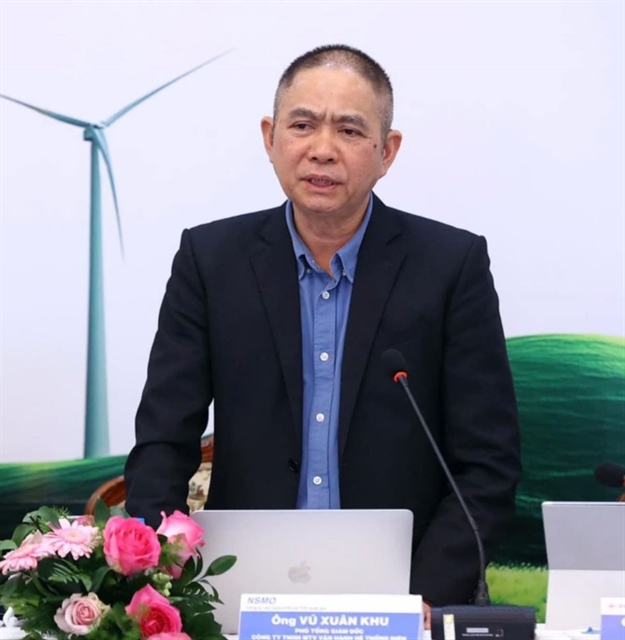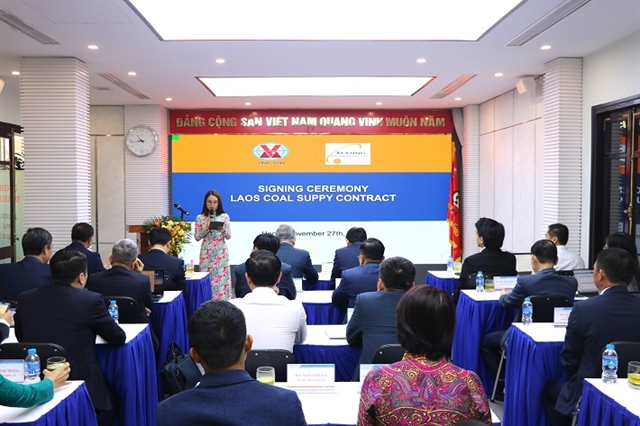 Economy
Economy

 |
| Vũ Xuân Khu, NSMO Deputy General Director |
The Prime Minister has set a target for GDP growth to exceed 8 per cent in 2025. At this rate, the economy's electricity demand is projected to increase by about 12.2 percent.
Given this relatively high demand growth, ensuring an adequate electricity supply for 2025 will be a challenge, especially since the progress of new power projects has not yet aligned with this growth.
Vũ Xuân Khu, Deputy General Director of the National Power System and Market Operation Limited Liability Company (NSMO), spoke to the Vietnam News Agency about these challenges.
How will NSMO implement the electricity supply plan for 2025?
If the Prime Minister's target for GDP growth in 2025 is over 8 per cent, the total expected electricity demand will increase by about 12.2 per cent. This means the electricity output in 2025 is expected to reach approximately 347 billion kWh, an increase of 37 billion kWh compared to 2024.
To ensure an adequate electricity supply for 2025, the Minister of Industry and Trade has directed NSMO to prepare a range of solutions starting from the end of 2024, ensuring sufficient electricity throughout the year.
NSMO has focused on creating scenarios and operational plans, and the Ministry of Industry and Trade has already approved the power system operation plan for 2025.
Additionally, during the final months of 2024 and the dry months of 2025 (from January to March), NSMO has been working closely with grid management companies and power corporations to enhance repairs and maintenance and address any equipment issues, ensuring the grid is fully prepared from April onwards.
To maximise electricity supply for the year, especially during the dry season, NSMO will also coordinate with hydropower plants and local authorities to optimise the use of water resources.
Excess water will be stored during the low-demand months of January, February, and March to increase power generation during the peak dry season. This strategy will help ensure a more reliable power supply.
How has the electricity supply been affected this year if some LNG plants face gas shortages or if coal-fired and oil-fired thermal power plants are undergoing periodic repairs?
In reality, power plants, including LNG plants, have not yet achieved stable operations and are prone to issues. These LNG plants operate for relatively few hours, which means their machinery doesn't always function reliably.
To address this, we are planning to develop additional plants in the same regions to meet electricity demand. If one plant cannot operate, other plants in the same cluster will take over.
Additionally, from October to December 2024, extending into January 2025, the northern region experienced almost no rainfall, leaving the fields extremely dry. As a result, a large volume of water was needed for irrigation when water was released into the fields.
Thanks to a flexible water discharge process this year, we have saved a significant amount of water - around 600 million cubic meters - compared to the original plan.
This saved water, combined with the remaining water in hydroelectric reservoirs, will meet electricity generation demands during the peak hot months from April to June or July.
Saving water will help increase electricity generation during the dry season, easing the overall operation of the national power system.
Importantly, it will also improve the economic efficiency of the system by reducing reliance on costly oil- or LNG-powered electricity sources during the peak dry season months.
What does NSMO do to ensure sufficient electricity for the country’s socio-economic development while ensuring economic efficiency in the national power system?
The most important goal in operating the power system is to ensure sufficient electricity for the country’s socio-economic development. At the same time, we must ensure that the power system operates in an economically efficient manner. This means we must mobilise and coordinate resources to operate power plants optimally.
Currently, the power plants are in a high state of readiness and are fully committed to meeting the mobilisation needs of the national power system.
During periods of low demand, we will prioritise mobilising power sources with moderate costs while saving water for hydropower generation during periods of high demand.
When power demand is high, and water resources are available, the National Power System will prioritise cheaper energy sources, avoiding the use of oil and LNG plants, which are more expensive. — VNS




